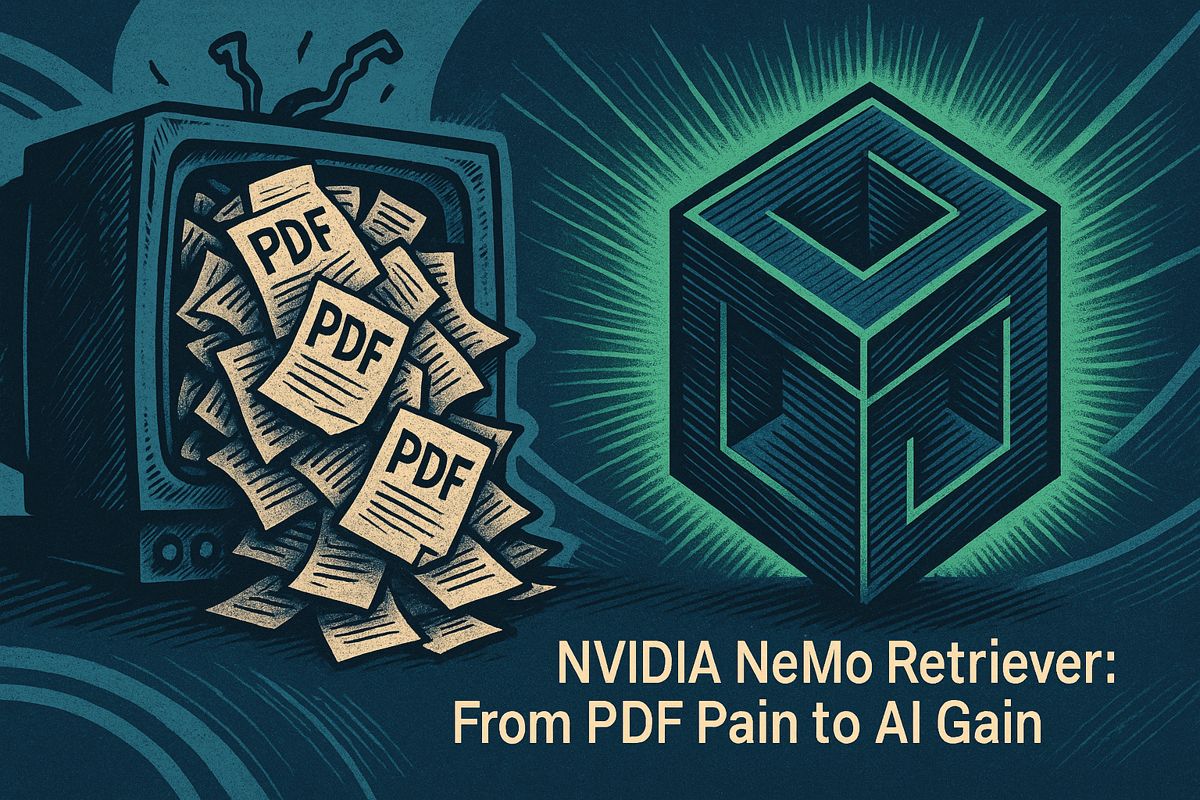AI-native startups are redefining agility, navigating market shocks to achieve profitability 30% faster than their peers. While unexpected platform changes or funding squeezes can paralyze competitors, these agile companies use AI to absorb turbulence, pivot effectively, and emerge stronger. Data from Benhamou Global Ventures confirms that startups integrating AI from inception use lean teams and rapid development cycles to gain a decisive market advantage.
Lean Teams, Thick Data
These companies embed AI into their core operations, not as an afterthought. By leveraging AI for coding, analytics, and marketing, they operate with lean teams that can iterate on products rapidly. This fundamental agility allows them to pivot faster in response to market changes and outpace traditional competitors.
AI-native companies maintain flat organizational structures to accelerate feedback loops, allowing founders to guide product vision directly. AI agents handle key execution tasks like code generation, quality assurance, and marketing content creation using tools like GitHub Copilot. This model is powered by real-time analytics built on streaming technologies like Kafka, which have become a baseline requirement for rapid, data-informed decision-making. This lean structure thrives by feeding a continuous data flywheel; user interactions enhance AI models, which in turn deliver a better user experience, creating a compounding advantage over slower, traditional incumbents.
AI Flywheels in Practice
Hoop’s 2024 Slack API cutoff provides a clear example of an AI-native pivot. After losing its primary data source overnight, the team responded in just two weeks by:
- Rewiring data ingestion to public Git repositories.
- Training a classification model on 3 million historical messages.
- Launching a new insight dashboard that reduced customer churn by 14%.
- Revising its pricing tiers to reflect the new capability.
This rapid pivot succeeded because leadership focused the team on the new data opportunity instead of the loss. By implementing continuous model retraining and usage-based billing, Hoop transformed a potential crisis into a revenue-generating, high-retention feature.
Cultivating an AI-Native Mindset
An AI-native approach is a foundational strategy, not a last-minute addition. As highlighted by ShiftMag, successful AI-native founders treat artificial intelligence as core infrastructure, on par with AWS or Stripe. This mindset must be embedded across the entire organization:
- Product: Define user value through probabilities and predictive outcomes, not just interface features.
- Engineering: Develop modular specifications that allow AI agents to manage distinct microservices autonomously.
- Go-to-Market: Promote tangible business outcomes (e.g., “25% faster ticket resolution”) instead of listing technical features.
- Culture: Integrate prompt engineering and model evaluation into the standard onboarding and training for all employees.
Upskilling as Insurance
Continuous upskilling acts as a form of strategic insurance. With Stanford’s 2025 AI Index reporting a 34% increase in demand for prompt engineering skills, internal training is non-negotiable. By offering micro-certifications and regular paired coding sessions, companies ensure their entire team is fluent in AI. This shared language makes critical tasks like switching model providers or retraining systems a routine process instead of an emergency.
Agile Partnership and Procurement Shifts
Traditional, long-term vendor contracts are incompatible with the speed of AI development. AI-native startups are replacing multi-year lock-ins with flexible, usage-based agreements that include shared data clauses. According to TTMS research, this agile approach to procurement reduces the average integration time for new AI models from five months to just six weeks.
Redefining Metrics that Matter
Legacy KPIs such as lines of code or monthly active users (MAU) fail to capture the value of intelligent systems. AI-native leaders focus on metrics that reflect the compounding effect of AI:
- Model Improvement Velocity: The rate of performance gain (e.g., F1 score improvement) per month.
- Data Freshness Lag: The time delay (in minutes) between a data event and its availability for analysis.
- Human Override Rate: The percentage of AI-driven actions that require manual correction by staff.
Monitoring these signals enables leaders to detect performance drift and iterate on their models proactively, staying ahead of market shifts.
Building Resilience Through Practiced Pivots
In the age of AI, resilience is not built on static plans but on practiced pivots. Leaders should regularly challenge their teams with critical questions: “If our primary data source disappeared, what adjacent source could we integrate within 48 hours?” Documenting the answer, preparing the necessary scripts, and rehearsing the transition are essential disciplines for survival and success.
Why are AI-native startups pivoting faster and reaching profitability sooner than traditional startups?
By building AI into the product’s DNA from day one instead of bolting it on later, these companies run smaller, faster iteration cycles. In 2025, more than 77% of organizations are using AI-native development to shorten their product cycles, and lean teams rely on AI agents to handle coding, QA, and even customer support. The result: 30% faster path to break-even compared with non-AI peers, according to Benhamou Global Ventures portfolio data.
What exactly changed for Hoop after Slack cut off their data stream overnight?
The shutdown forced the team to question every “best practice” they had inherited. Instead of scrambling to replace the lost feed with manual work, they rebuilt the product around AI-generated data streams and automated insight pipelines. Pivoting from a Slack-dependent widget to an AI-native dashboard cut monthly burn by 42% and cut time-to-revenue from 14 months to six.
How can founders decide which processes to keep, kill, or automate during a crisis?
Apply the “AI litmus test”:
1. List every workflow that survived the last funding round.
2. Ask: Can an AI agent do 80% of this tomorrow?
3. If the answer is yes, re-assign humans to exception-handling and strategy only.
Teams that use this rule recover from platform shocks 2× faster, XenonStack’s 2025 streaming report shows.
Which AI-first principles should engineering and marketing adopt together?
- Specification-driven development: Feed the AI a one-page spec; get working code or campaign assets in hours, not weeks.
- Continuous data flywheel: Every user interaction trains the model, so personalization improves automatically without extra headcount.
- Human-in-the-loop oversight: embed ethical checkpoints every sprint to curb bias and brand risk.
Startups that apply all three deliver MVPs that already feel like v3.0 products, raising user engagement by up to 35%.
What infrastructure mistakes trip up AI-native startups the most?
The biggest trap is under-investing in real-time data plumbing. Founders excited by generative AI often skip robust streaming layers such as Kafka or Flink, then crash when data latency balloons from milliseconds to minutes. Budget for edge-to-cloud stream processing early; otherwise, AI models stall and churn spikes. The winners in 2025 treat data infrastructure as product, not IT overhead.



















